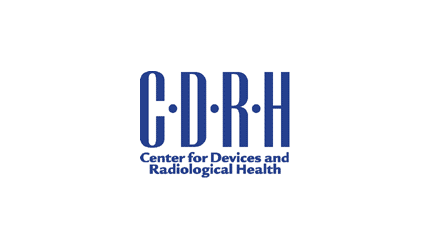FDA issues draft guidance on assessing physiologic closed-loop control devices
 ComplianceMedical DevicesNorth AmericaPreclinical studyProduct LifecycleQuality Assurance and ControlRegulatory Intelligence/Policy
ComplianceMedical DevicesNorth AmericaPreclinical studyProduct LifecycleQuality Assurance and ControlRegulatory Intelligence/Policy ComplianceMedical DevicesNorth AmericaPreclinical studyProduct LifecycleQuality Assurance and ControlRegulatory Intelligence/Policy
ComplianceMedical DevicesNorth AmericaPreclinical studyProduct LifecycleQuality Assurance and ControlRegulatory Intelligence/Policy